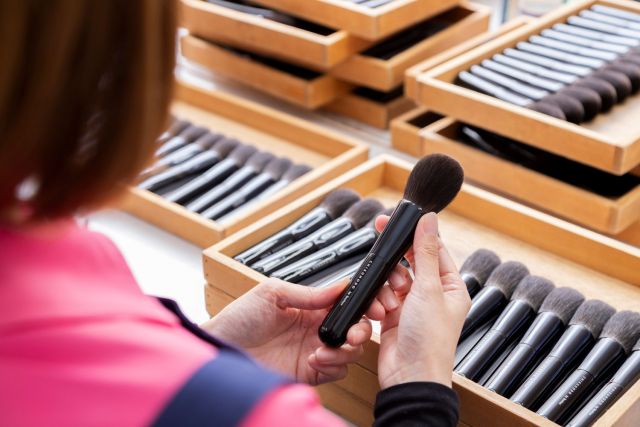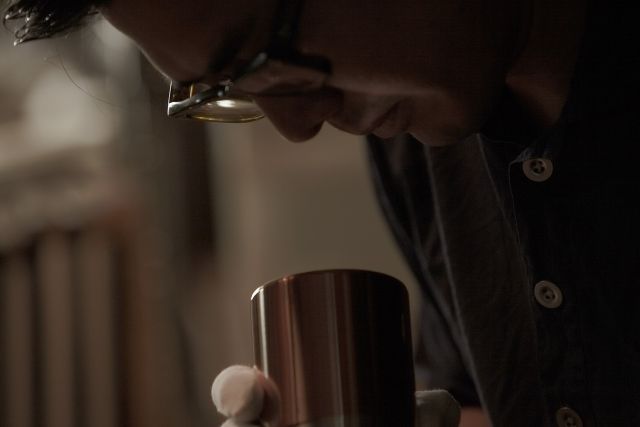This work is inspired by the twinkling stars in the night sky. The base is a traditional Kurume Kasuri indigo, dyed several dozen times. It is contrasted with the white weaves of the tate-yoko-kasuri and the grayish-white weaves of the weft-kasuri that are brought to the foreground. The combination of the light indigo tate-yoko-kasuri and the moderate space between them create a sense of 3D and movement.
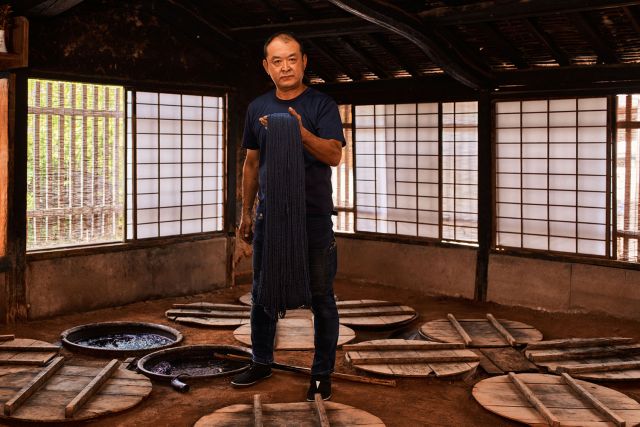
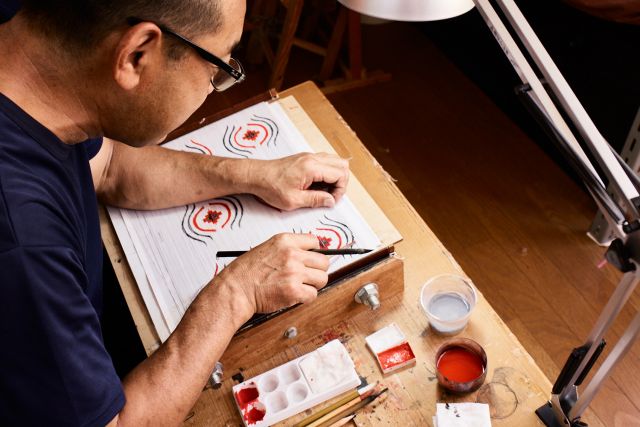
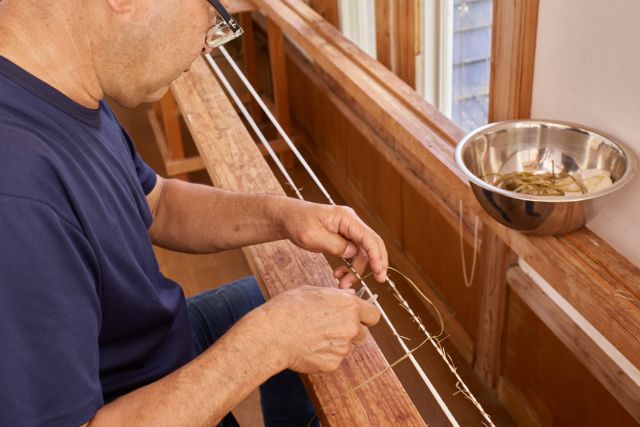
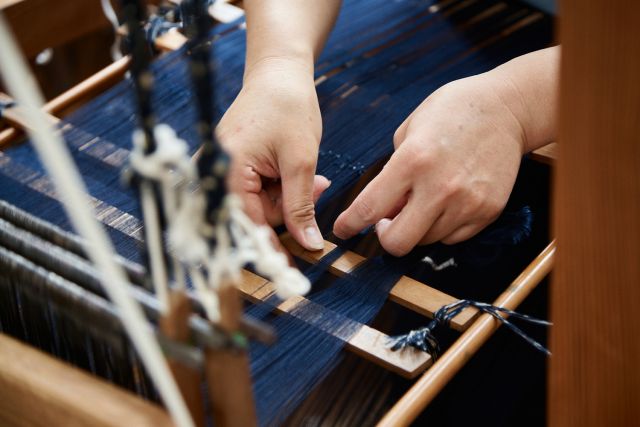
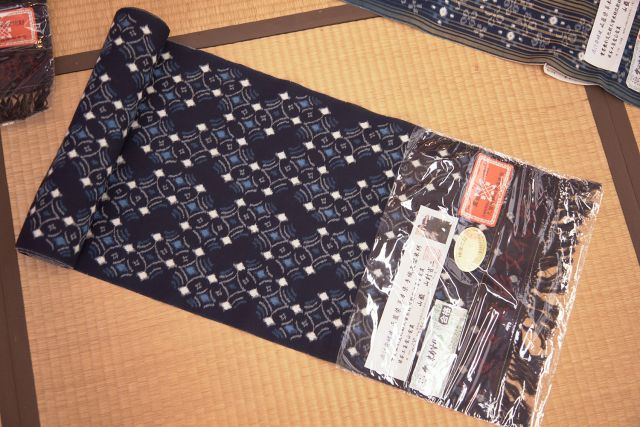
Shôji Yamamura
- Kurume Kasuri Yama-Ai
- Textile worker
- Hirokawa, Japan
- Master Artisan
By appointment only
+81 943320150
Artful weaves of Kasuri
- • Shôji is a Kurume Kasuri master
- • Over 30 steps are involved in weaving a fabric with this technique
- • His techniques are inherently linked to the region where he works
Shôji Yamamura is a fourth generation Kurume Kasuri artisan based in Kurume city in Fukuoka prefecture. A practical and popular clothing fabric among the Japanese since the late 1700s, Kasuri is woven with patterns made from cotton threads dyed with natural indigo after kukuri, the process of tying off sections to be kept undyed. While many workshops rely on machine weaving nowadays, Shôji’s atelier continues to carry out the entire process of kukuri, shoai (fermented dried indigo) dyeing, and weaving, all by hand. A fabric measuring 38 cm across and 13 m in length can take two to three months to finish. Shôji's pieces have a modern flair, ranging in colour gradients obtained from traditional indigo dyeing and herb-dyeing, and rich geometric patterns with a dynamic overall design. Kurume Kasuri remains an important intangible cultural property.
Read the full interviewWorks
Photo: ©All rights reserved

Photo: ©All rights reserved
Using the traditional Kurume Kasuri, tate-yoko-kasuri pattern technique, the circular pattern is divided into four styles, each inspired by the moon of the four seasons. The pattern is dyed with natural indigo and bayberry, and each section is dyed in gradation to express the transition of the seasons.

Photo: ©All rights reserved
This work is a design of seasonal flowers. The abstract flowers are expressed in the tate-yoko-kasuri pattern, contrasting with the weft-kasuri flower pattern, which creates a sense of 3D and expanse. The gradation of natural indigo is overlaid with bayberry dye, adding a transition from yellow to green, resulting in a new type of chromatic expression with a softness that has never been seen in Kurume Kasuri.

Photo: ©All rights reserved
This work is inspired by a galaxy expanding in the night sky. The tate-yoko-kasuri (vertical and horizontal kasuri) gathered in the centre of the pattern gives depth to a flat design. By layering natural indigo dye over 40 times and adding light indigo, deep hues and a sense of transparency are created. This contrasts with the white of the kasuri and expresses both dignified strength and unique softness.

Photo: ©All rights reserved
This work expresses spring by contrasting the fine, traditional Kurume Kasuri 'arare' (hail) patterns, with boldly and simply dyed vertical sections that consist of alternating indigo. This indigo colour is achieved by limiting the amount of dyeing, and vertically flowing gradations are achieved by herb-dyeing with bayberry.





